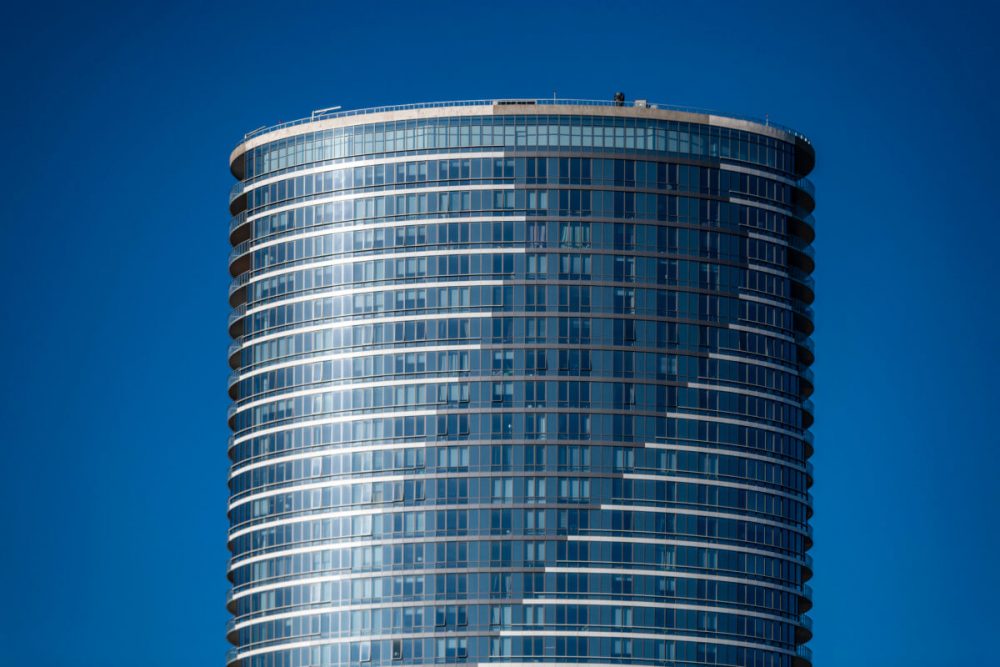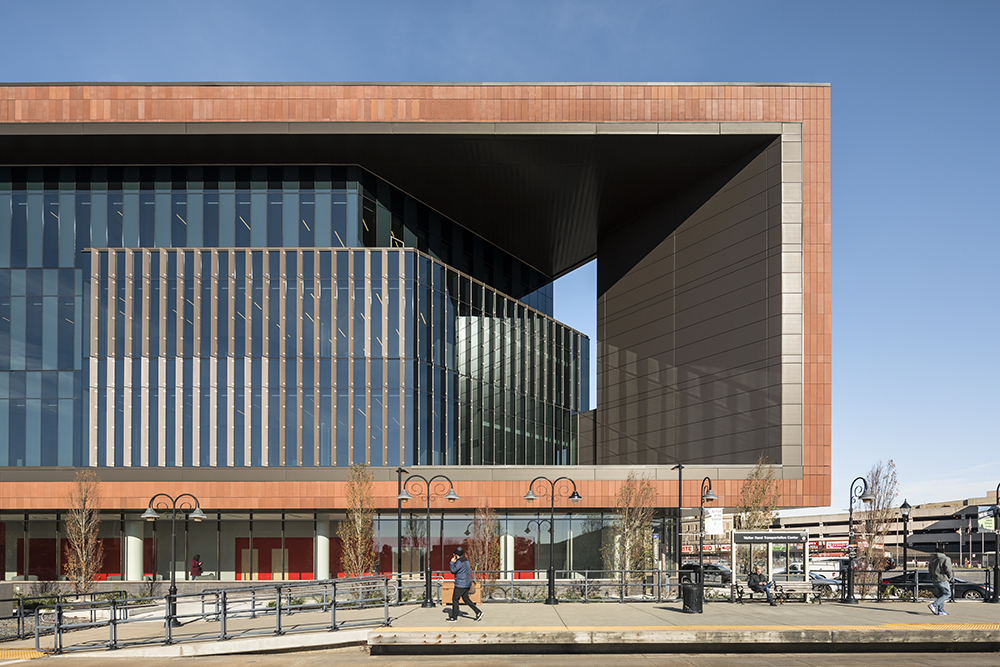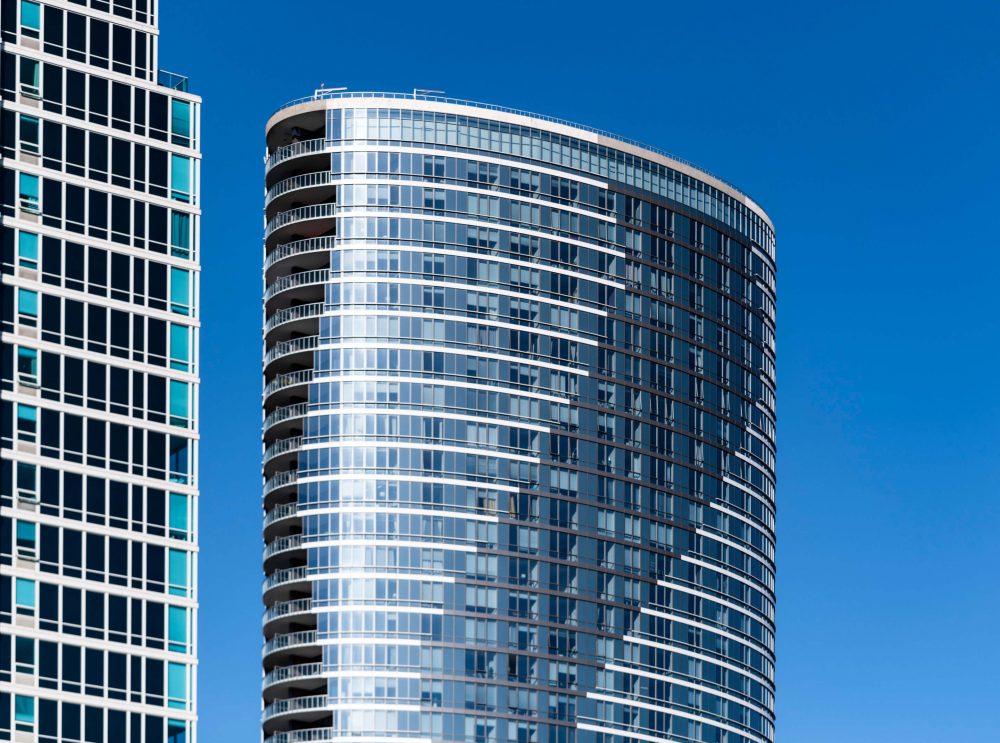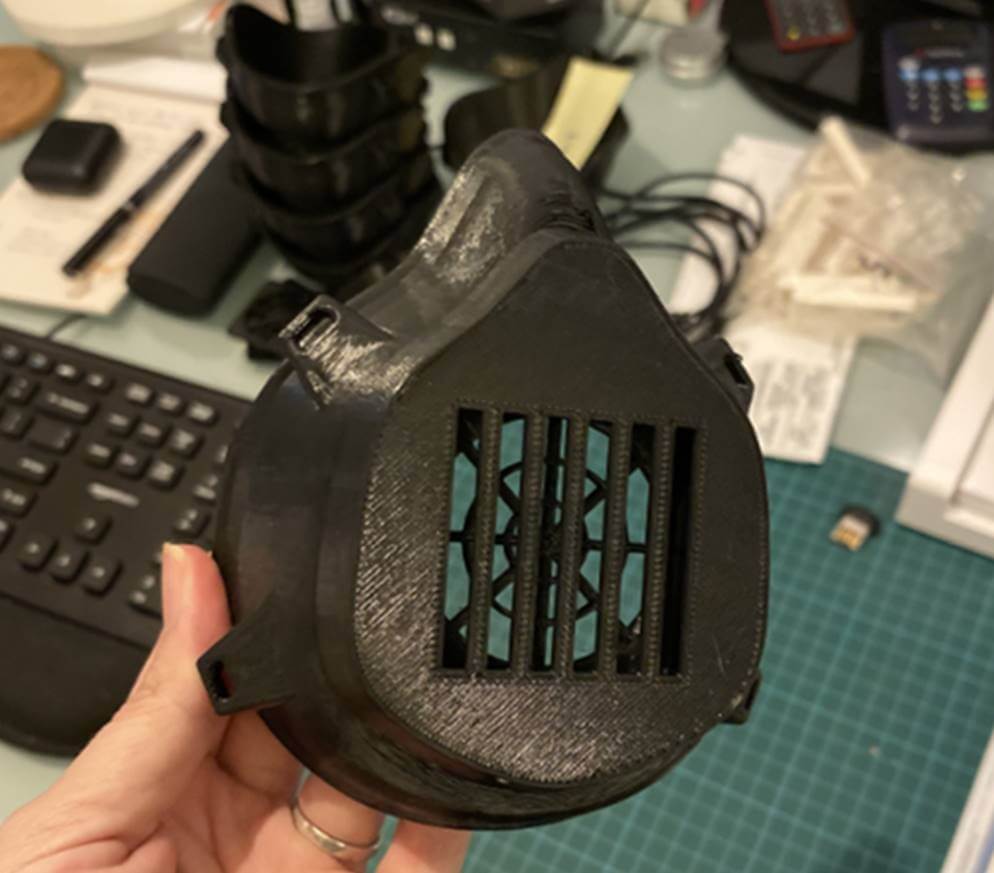
The Architect’s Newspaper asked leaders in the AEC industry to discuss how COVID-19 has disrupted projects and the processes the industry was forced to alter or halt in response to state mandates. Below, they describe what course correction looked like and how new practices might be retained in the post-pandemic future.

Shawn Basler
Nicholas Leahy
Andrew Adelhardt III
Co-CEOs, Perkins Eastman
We made a smooth, almost seamless transition to working remotely. In addition to working from home, our teams are presenting proposals and winning projects, as well as collaborating with consultants and contractors on construction administration where construction has not been stopped. In some jurisdictions, of course, construction has been put on hold because of coronavirus-related restrictions.
While our staff is capable and efficient at working remotely, they do miss social interaction and look forward to seeing their peers in person. We are having many individual conversations, videoconferences, and virtual happy hours, as well as yoga classes, trivia nights, and so forth, to stay connected. We expect a much greater focus on health and wellness going forward and understand that remote working and learning will have a profound impact on how companies and institutions plan in the future.

Rob Rogers
Principal, Rogers Partners
These past few months, and the many months in front of us, have been testing the profession as we reimagine our workplace and work process. Moreover, it’s about what we make. I think we are just beginning to forecast the lasting impacts to the spaces we share—for education, worship, recreation, and essential public gathering. Add to this the turmoil of recent days; in the best case, we gain a renewed understanding of how these spaces connect us and offer hope for the future.
As a practice, we are doubly committed to the public in the public realm and are striving to understand the essence of our social behaviors. The recent challenges have delayed openings of several major projects, like the St. Pete Pier, and we are exploring strategies for scaling occupancies to discover ways to protect, enhance, and expand fundamental opportunities and needs—for everyone.
We are nonetheless hopeful. Through this adversity, we can begin to envision novel courses for our society and environment. The pandemic is a new lens through which we must learn new ways to see and think.

Eric Wroldsen
Director of Marketing – Americas, Guardian Industries
Guardian Glass has stayed in close communication with our customers, partners, and employees as the pandemic has progressed. Regular contact means we can be responsive and helpful in addressing their needs to move us all through this crisis.
Like many companies, Guardian is utilizing digital tools. However, we’ve ramped it up to take advantage of our glass expertise and serve architects’ need for continuing education credits. In May, we offered the course we planned to debut at the since-canceled AIA Conference on Architecture as part of a trio of live sessions. Continuing-education offerings on glass fabrication, the evolution of glass, and understanding the glass selection process saw great attendance and interaction thanks to promotion and sharing through social media and email outreach.
Guardian Glass is on schedule for commercial product launches in 2020. Digital communication will allow our architects to capitalize on these and all Guardian high-performance, low E-coated glass products for the next generation of projects.

Andy Howard
Chair, Americas region, Arup
We work in an industry that relies on teamwork, collaboration, and strong client relationships to deliver exceptional projects from concept through to delivery. COVID-19 has impacted all project stages as we adapt and adhere to shifting public health guidance globally and locally. At the same time, our teams have demonstrated resilience and creativity, adjusting to social distancing requirements, for example, and staying close to our clients and design partners in new ways. This has been facilitated by the rapid expansion and embrace of cloud-based solutions and collaborating digitally on projects. A key challenge in the months ahead is understanding the pandemic’s impact on the architecture, design, and construction industry—in other words, what the “next normal” will look like.
As the COVID-19 pandemic continues to impact the world, our commitment to the safety and well-being of our people, and to the uninterrupted delivery of exceptional work to our clients, remains unwavering. Responding to many of the challenging aspects of COVID has strengthened us, making us a more adaptable and efficient organization.
One of the things I cherish about Arup is that, through my more than three decades with the firm, we have always done our best to act in accordance with our values, striving to live up to our aims and means and to realize the positive outcomes we desire. As a firm, we’ve had to consider the many difficult decisions before us in light of our values and the three priorities we established as part of our COVID-19 response: (1) the safety and well-being of all our members; (2) the resilience and security of our business; and (3) our responsibility to continue to live out our commitment to shape a better world and to help society at large in any way we can.
Every day, we are finding new opportunities to be of service to our communities and clients as we navigate their needs and adapt to rapid changes across the built environment. Our collective action in tackling this pandemic has seen a surge in demand for urgent and effective solutions to new ways of living and working. We will continue to keep our values front of mind as we respond and adapt to the near- and long-term impacts of COVID-19.

Emily Losego
Architectural Services Team Leader, Vitro Architectural Glass
It’s been challenging to connect with architects, who are now working from home on projects. Many of their office voicemails are full, creating a heavier reliance on email. Samples are another area that has been impacted. We’ve adjusted by sending samples to individual architects’ homes, instead of their offices. In some cases, this has required us to send samples concurrently to multiple team members, which has been an unwelcome added expense.
Vitro had already made considerable investments in our own web-based infrastructure, so the transition to “work-from-home” and internal collaboration was seamless. Extreme western Pennsylvania weather gave us ample opportunity to test the system, and both the equipment and our people were ready when the company was early to institute work-from-home orders. It has also validated our corporate leadership’s internal communications commitment and tools, such as companywide video town hall meetings and new e-newsletters, to create a climate of solidarity and transparency throughout the organization.
Some of the web-based communications tools we’ve developed, such as remote continuing-education webinars and live chat, will certainly be with us for the foreseeable future. They are a highly efficient means for connecting architects with important information. As circumstances have required us to find creative solutions, we’ve also discovered some hidden talents and skills of our coworkers, beyond the normal scope of their jobs. There is no doubt that as a new normal takes shape, these newly discovered capabilities will help us better serve our customers and designers.

Jamilla Walcott
Director of Marketing & Product Management, YKK AP America
The biggest pandemic-related disruption from a building products marketing standpoint was the cancellation of industry events for which we had been preparing. Organizers faced tough decisions, while exhibitors and participants didn’t know how to plan. I’ve never experienced anything like it. As everyone came to the realization that in-person events aren’t happening this year, it was interesting to see organizers shift to virtual platforms as well as the adaptation to new forms of relationship development.
Because of reduced travel and our efforts to limit in-person meetings, we’ve seen a similar shift internally. We’ve increased our use of videoconferencing drastically. This climate has made everyone more open to participating on the camera, and we are taking greater advantage of the flexibility technology brings. Our sales division is now working to connect with customers virtually, which enables members of the team to engage who wouldn’t have participated before. We have been conducting job interviews online, which is another practice I am sure will continue post-pandemic.
Internally, our COVID-19 task force has been working diligently to ensure employees have a safe work environment. We have implemented “new normal” procedures, including social distancing, expanded sanitizing measures, and temperature screenings at our largest manufacturing locations, and are encouraging the use of masks. Employees are adapting, and we are constantly engaging in ways to stay on top of the ever-changing tides of this pandemic. When I’m not participating in the task force, some days it is nice to focus on work and “forget” that we are in the middle of a global crisis.




